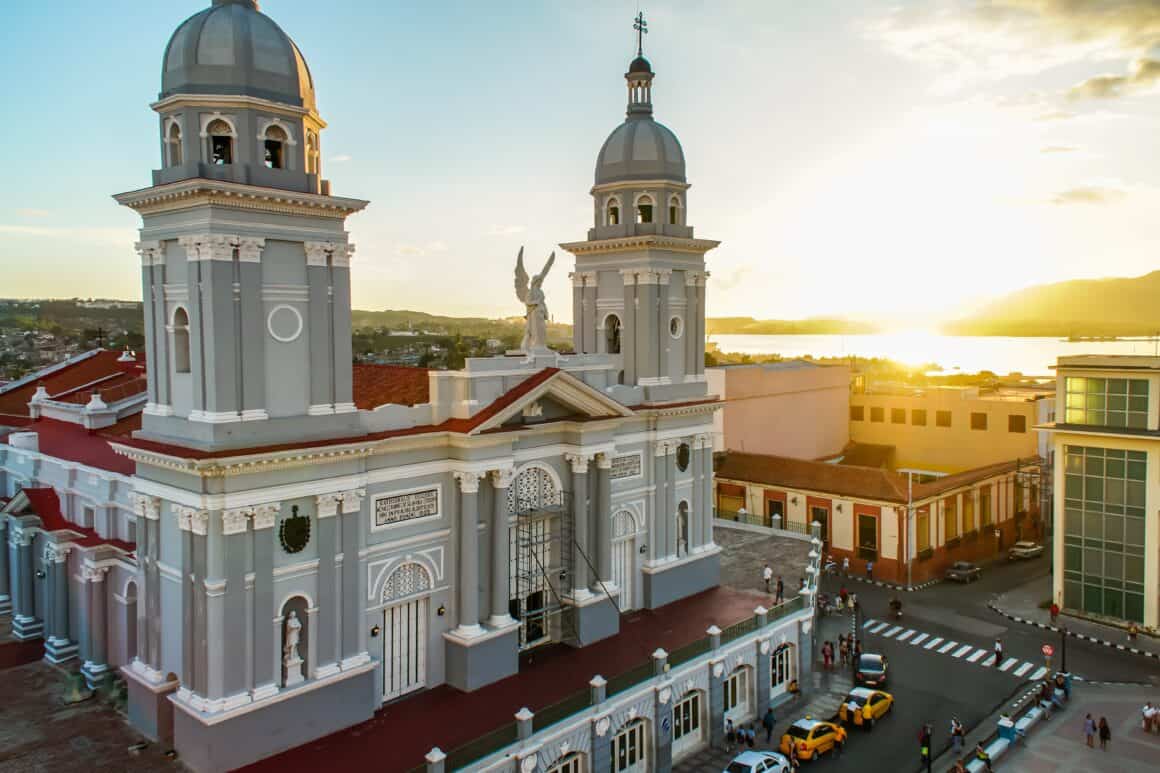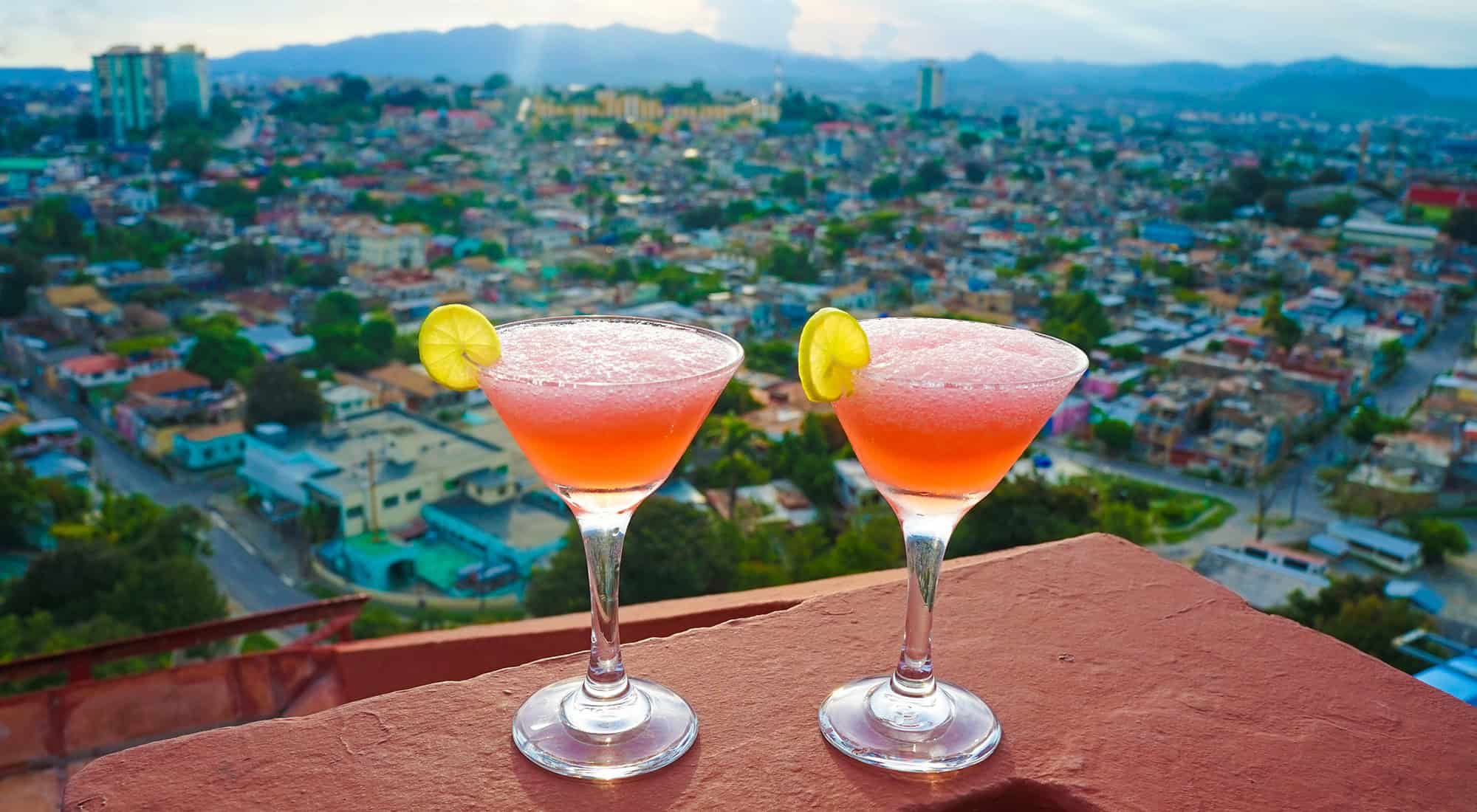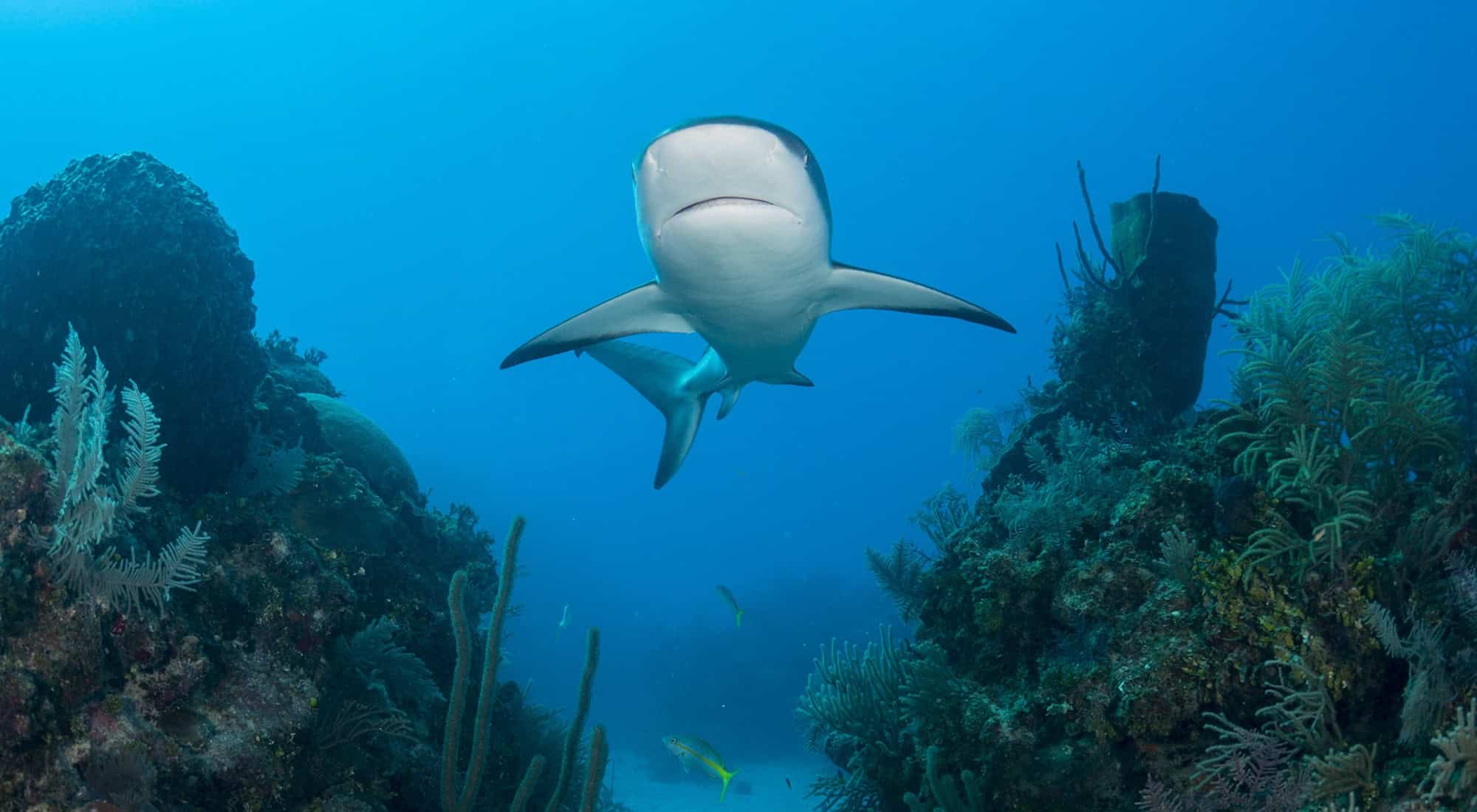Santiago de Cuba was one of the seven towns (villas) founded by Diego Velázquez.
It was first built in 1515 on the mouth of the Río Paradas but moved in 1516 to its present location in a horseshoe valley surrounded by mountains. It was Cuba’s capital city until 1553 and capital of Oriente province until 1976. During the 17th-century Santiago was besieged by pirates from France and England, leading to the construction of the Castillo del Morro, just south of the city; it’s still intact and now houses the piracy museum.
Because of its location, Santiago has been the scene of many migratory exchanges with other countries: it was the first city in Cuba to receive African slaves; many French fled here from the slaves’ insurrection in Haiti in the 18th century, and Jamaicans have also migrated here from the neighbouring island. As a result, Santiago has a more varied and blended population than many other towns in Cuba.
Santiago is known as the ‘heroic city’ (Ciudad Héroe), the cradle of the Cuban Revolution, the Rebel City, or ‘capital moral de la Revolución Cubana’. Many of Cuba’s heroes in both the 19th and 20th centuries were born here and started insurrections in the city and the surrounding mountains. The national hero, José Martí, is buried in Santa Ifigenia cemetery, just west of the city. The city played a major role in the early days of the Revolution in the 1950s and boasts two major landmarks of the clandestine struggle: the Moncada Garrison, now a school and museum, scene of Fidel Castro’s first attack on the Batista regime in 1953, and La Granjita Siboney, the farmhouse where 129 revolutionaries gathered the night before the attack on the Garrison, which is also now a museum.

July in Santiago
Without doubt, July is the most exciting time of year to visit Santiago, as nearly the whole month is taken up with festivities. The Festival del Caribe/Fiesta del Fuego begins in the first week with theatre, dancing and conferences, and then continues through the month, running into Carnival (18-27 July) and Santiago’s patron saint’s day on 25 July. The partying stops briefly on 26 July for the rather more serious Día de la Rebeldía Nacional, which commemorates the unsuccessful attack on the Moncada Garrison on 26 Jul 1953. The rebels carefully chose the date to coincide with Carnival in order to catch Batista’s militia drunk and off-guard and to use the noise of the celebrations to drown the sound of gunfire.
Santiago’s carnival is a highlight of the city’s calendar and well worth seeing. There are competitions and parades, with rivalry between the comparsas (congas) and paseos (grupos de baile). The whole city is covered in lights and all the doors are decorated. Other Cuban provinces are represented by stalls in Reparto Sueño, where they sell typical food and drink. The parades and floats are judged from 2100 and pass down Garzón where there are seats for viewing (CUC$2 for tourists). To get a seat go to the temporary Islazul office behind the seating area on the south side of the road between 1800 and 2000; good views are possible if you queue early.










